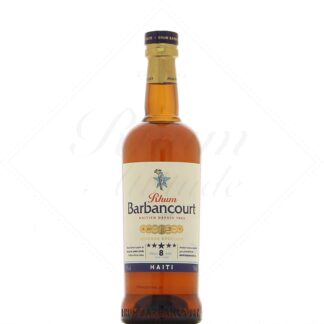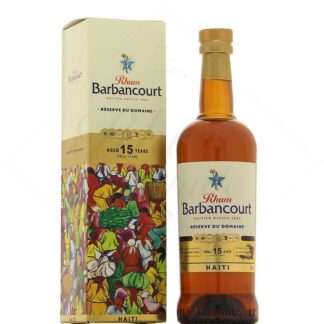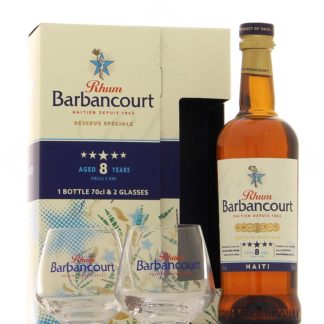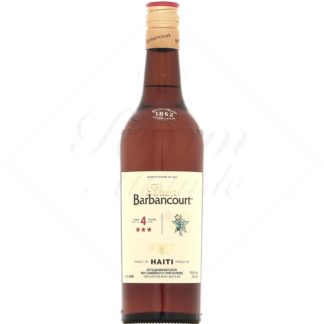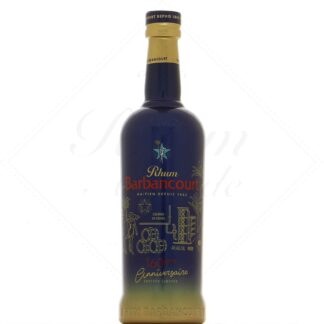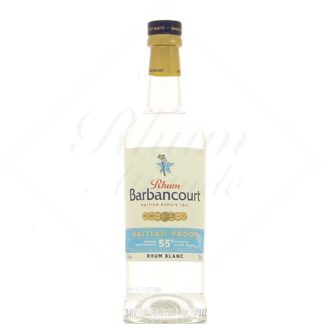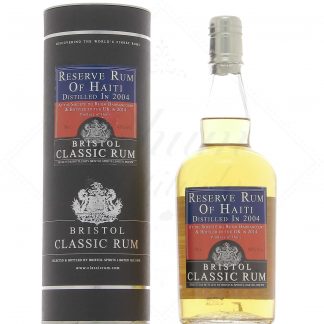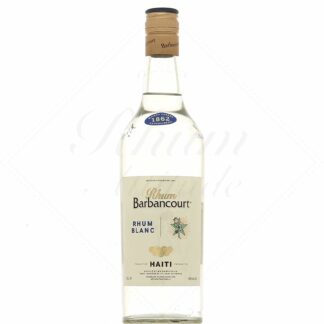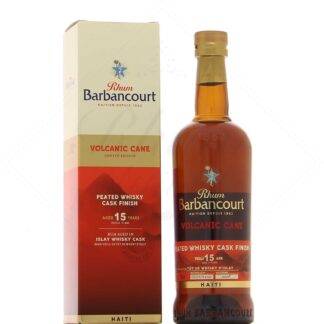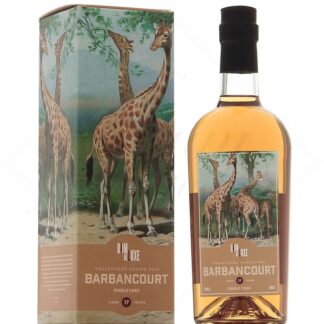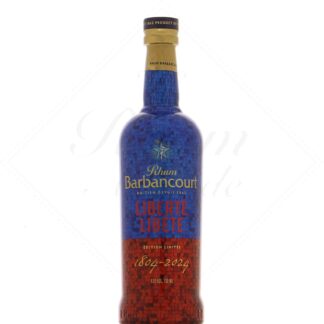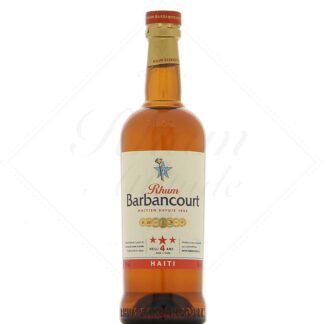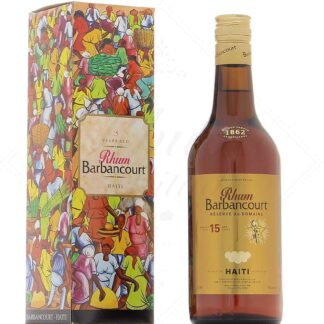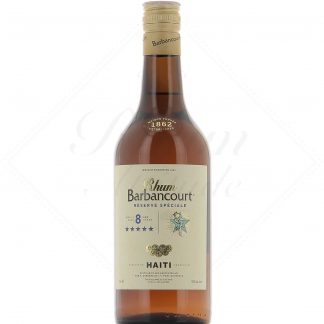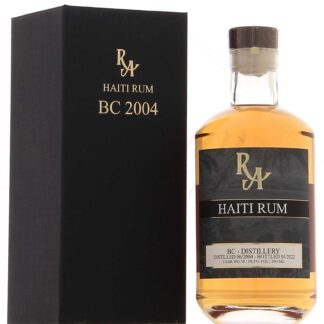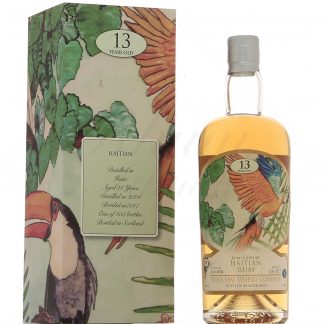Barbancourt

The history of Barbancourt rum
Louis Barbancourt, a merchant originally from Bordeaux, arrived in Saint Domingue in 1736. He settled on the Archaie estate, where he began producing rum in 1765. He was one of the few survivors of the revolution (1791-1804) that led to the creation ofHaiti. Legend has it that he was spared thanks to the inimitable quality of his rum!
In 1862, the Dupré brothers and Labbé Barbancourt moved the distillery to Damien, on the Habitation Mouline. At this time, they re-distilled local clairins using the Charentais method. They then aged them in French oak barrels. This very French method set them apart, whereas Haitians consumed only unaged clairins.
The brothers separated in 1906, and Dupré took over the distillery until his death in 1907. His wife Nathalie Gardère inherited the business, entrusting its management to her nephew Paul Gardère. Jean Gardère, the nephew's son, became CEO from 1946 to 1990.
Barbancourt conquers the world
After the war, he developed Barbancourt and its image, quickly earning it an international reputation. In 1949, a new distillery was built on the Cul-de-Sac plain, in the middle of the cane fields. Barbancourt now has its own mill, and grinds its own cane.
The estate's first pure cane juice rum was produced in 1952. In the 1960s, the family marketed a blend they had initially made for themselves. The Réserve du Domaine 15 ans quickly became a worldwide benchmark.
In 1990, Jean Gardère's son Thierry scrapped the old still and replaced it with a modern, efficient distillation column. The terrible earthquake that hit Haiti in 2010 caused considerable damage. Barbancourt was hit hard, with four employees losing their lives and 50 others (including the owners) losing their homes.
The distillery also lost 30% of its stock (which was considerable at the time). The distillery was forced to cease production for 4 months, but managed to restart, thanks in particular to the support of its French and American customers. Thanks to hard work, production returned to its initial level, and stocks of aged rums were replenished.
When Thierry Gardère died in 2017, his daughter Delphine Nathalie Gardère took over.
Barbancourt's production side
The Barbancourt distillery is surrounded by 600 hectares of sugar cane, 120 of which it owns. Harvesting takes place over most of the year, from November to June, which is much longer than in the rest of the West Indies.
The cane juice is pressed using 4 mills, and is partly transformed into syrup. The bagasse is then dried and used to fuel the boiler.
Fermentation lasts between 36 and 48 hours. The rum is distilled on a triple column (two stainless steel and one copper) equipped with 22 exhaustion and 25 rectification trays. It runs off at 92-93% alcohol.
Aging takes place in small 7,000-liter foudres and French oak barrels from the Limousin region, made by the renowned Seguin Moreau firm. In the same spirit as for cognac, a slight dosage of 7 grams of sugar per liter is added during aging.
Around 3 million bottles leave the distillery every year.
The Barbancourt range of rums
Since its beginnings, Barbancourt has offered a small but highly emblematic range. A light white rum is available in North America and locally in Haiti. It's the aged rums that have made the distillery famous, in particular the 3-star Barbancourt rum (aged 4 years in casks and tuns).
A little higher up the range, we find the Barbancourt 5 étoiles (8 years old), and then the famous Réserve du Domaine (15 years old), recognizable by its illustrations by Félix Jean. Read less
